When the going gets tough, the tough get cooking—and at no time in U.S. history was that more evident than during the Great Depression.
Faced with hard times, people became not only thrifty but resourceful—employing good old American ingenuity to use the limited food they had on hand to feed themselves and their families.
It took smarts. It took resourcefulness. It took a really, really strong stomach.
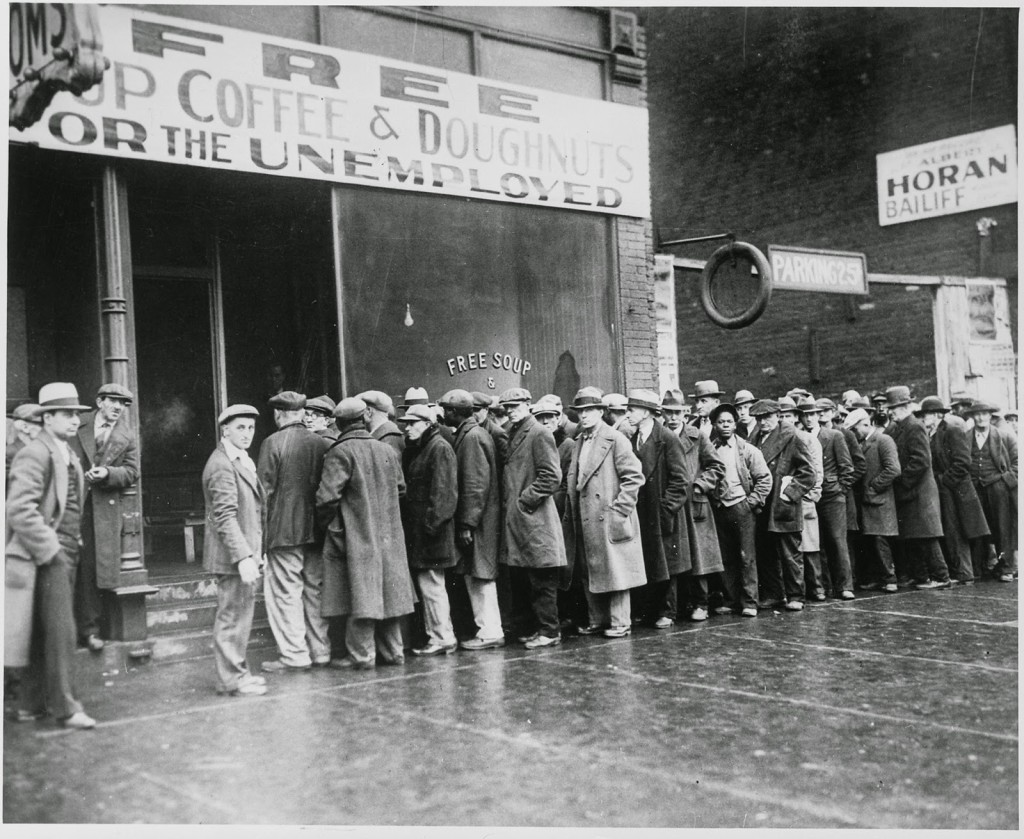
To help home cooks, the Bureau of Home Economics published recipes in newspapers and magazines. One questionable offering: peanut-butter-stuffed baked onions. (Admit it: You read that twice.)
Ready for some other stomach-churning staples…
Creamed Chipped Beef on Toast
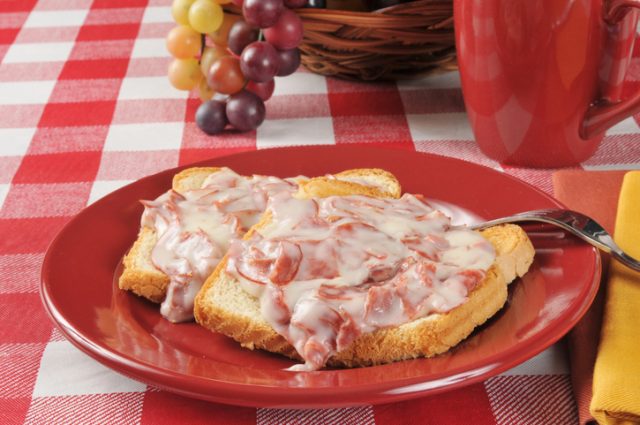
More commonly known back then as S.O.S (or “Sh*t on a Shingle), this monstrosity was exactly what it sounds like: dried beef, topped with a milk-based sauce.
(Blame the Pennsylvania Amish for this bad boy.) It would become a staple of the U.S. military during World War II, giving new meaning to the phrase, “No good deed goes unpunished.”
Hoover Stew
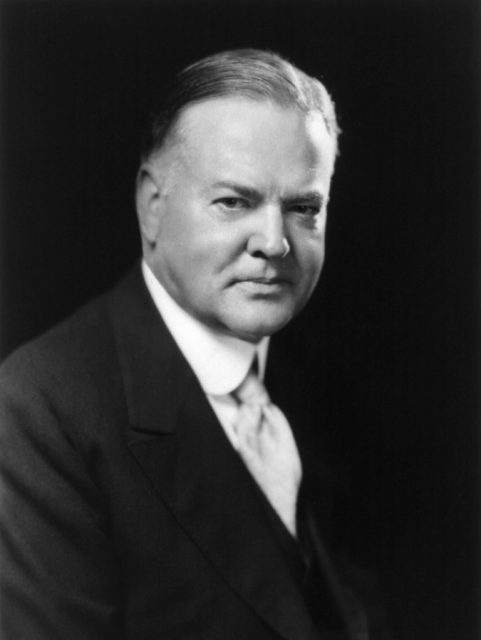
As if it wasn’t humiliating enough to have shantytowns named after you, Herbert Hoover—the guy elected President just before the Depression hit—also had to endure this back-handed tribute: Hoover Stew. To be fair, not one of the worst of the lean-time offerings: macaroni mixed with sliced hot dogs, two cans of stewed tomatoes, and canned corn or peas.
Corned Beef Luncheon Salad
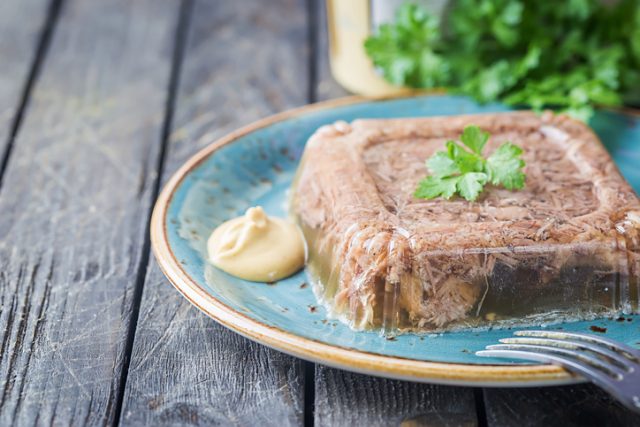
Gelatin isn’t a big deal today, but back in the Thirties, it was considered something of a culinary revelation. So why not incorporate the jiggly stuff into inexpensive dishes? Gelatinous meat anyone?
This one consisted of canned corned beef, canned peas, vinegar, lemon juice, and, yep, gelatin. Little wonder, Andy Coe, co-author of A Square Meal, described the recipe as “wrong in every possible way.”
Vinegar Pie
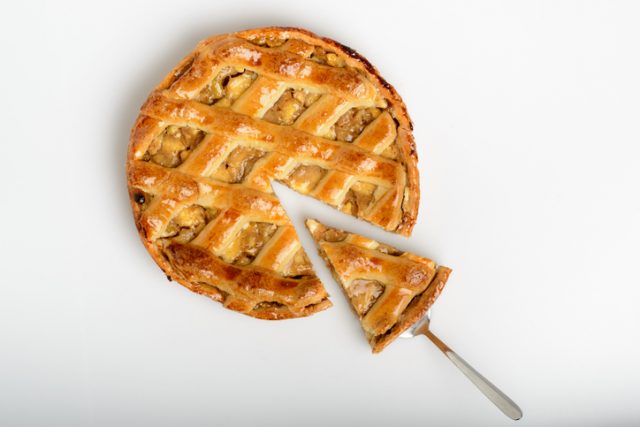
This treat was dubbed a “Depression-era favorite.” We’ll take their word for it. Basically, an apple pie, minus the apples (apple cider vinegar was swapped in to mimic the fruit’s tart taste). Before getting all judgy, know this: A few years ago, the Award-winning chef Chris Shepherd introduced Vinegar Cobbler on the menu of his Houston eatery, Underbelly. Reportedly, it “leaves the roof of your mouth tingling.” Again, we’ll have to take his word for it.
Mulligan’s Stew
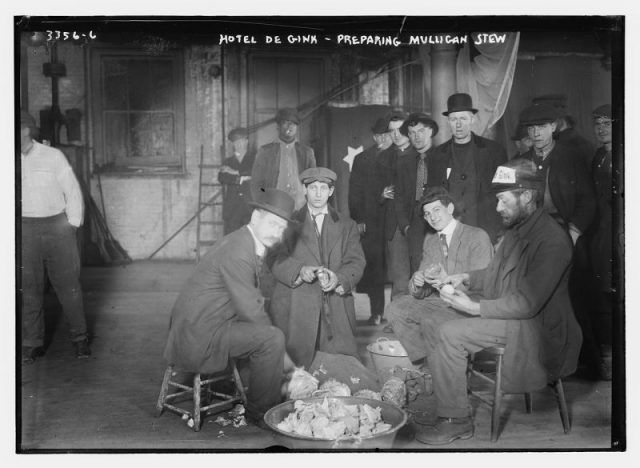
Two words: hobo food. This grub was made from (stolen) onions, corn, and potatoes, added to a stew of foraged greens, “bits and pieces” of meat, and navy beans, likely “carried in a pocket for a month,” according to Errol Lincoln Uys, author of Riding the Rails: Teenagers on the Move During the Great Depression. The top-secret ingredients behind that thick, smoky favor: tobacco and lint.
One of the spunkiest-ever First Ladies, Eleanor Roosevelt, was not only a big supporter of the bureau—she practiced what they preached. In an act of “culinary solidarity with the people who were suffering,” the occupants of 1600 Pennsylvania Avenue ate modestly.
Read another story from us: The reason why some Great Depression photos were punched full of holes
Witness one of the seven-and-a-half-cent lunches fed to poor FDR: deviled eggs in tomato sauce, mashed potatoes, coffee, and, for dessert (wait for it) prune pudding. That may—or may not—have been marginally more appetizing than another White House offering: spaghetti (cooked for 25 minutes, so it was nice and mushy), mixed with boiled carrots, a sauce made from milk, butter, and flour, then baked into a kind of casserole.
